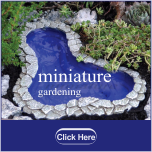Generally most important things to girls are fashion especially the girls who are in teenage or college goers where the majority of people talks and wears the latest trends and styles everyday. Today most of the designers will take out at least two collections per year, spring and fall with huge different styles and unique designs for boys, girl, men and women. You will notice that first and foremost, it is very challenging to stay up with every seasonal trend, but all styles do not work for everyone. Whenever you are selecting fashion accessories you have to follow one important rule i.e. to wear clothes that suit your weight, height, character and personality. Here are some important tips for fashion buyer which will help you to stay up with the fashion trend throughout the year.
- Classic fashion is always in style and if you do not want to make a lot of mistakes when dressing up for a social event, you can always rely on classic clothes.
- An important way to keep up with the latest girls fashion is with accessories. So try to have latest trends accessories.
- Hence, you can make the fashion work for you by using accessories such as a scarf, belt, shoes or hair clips. Shoes are a whole other category when it comes to girls fashion and they function on the same principals of accessories and clothes. You shouldn't acquire a pair of shoes simply because they are in fashion but because they work to complement your personality and style.
But always remember no person is perfect including elegant models you watch on the runway, since they all have faults that are carefully covered up with either make up and/or the clothing that they wear on the runway. So you always select convenient and comfortable cloths that perfect suitable for you.
